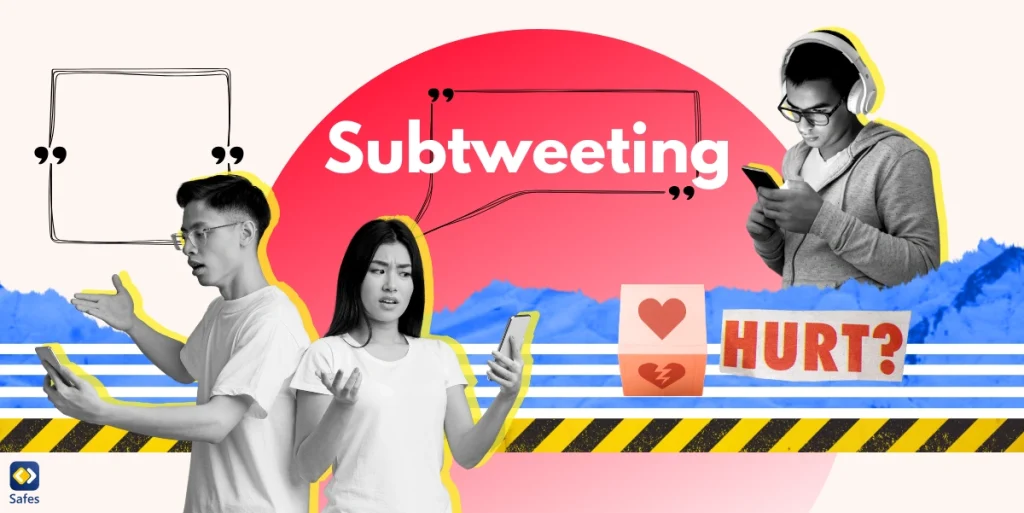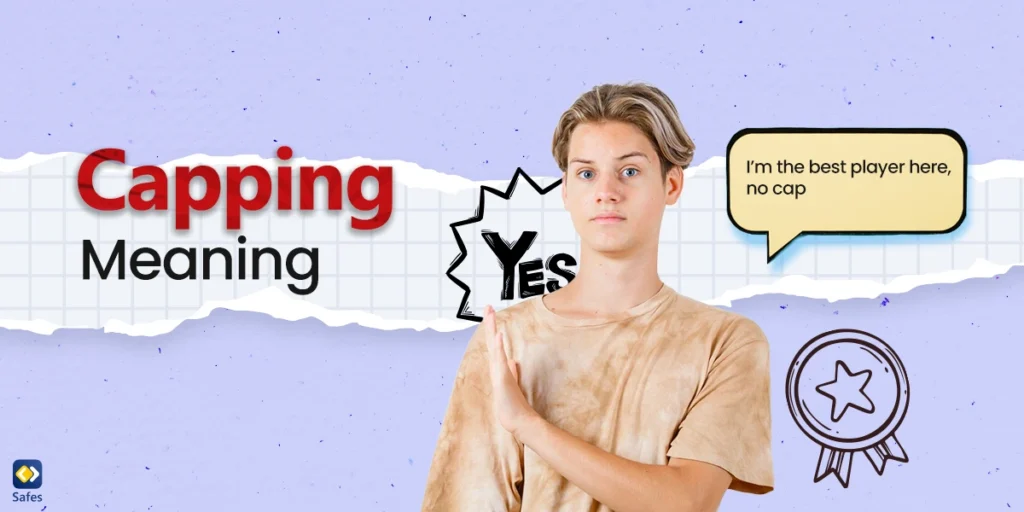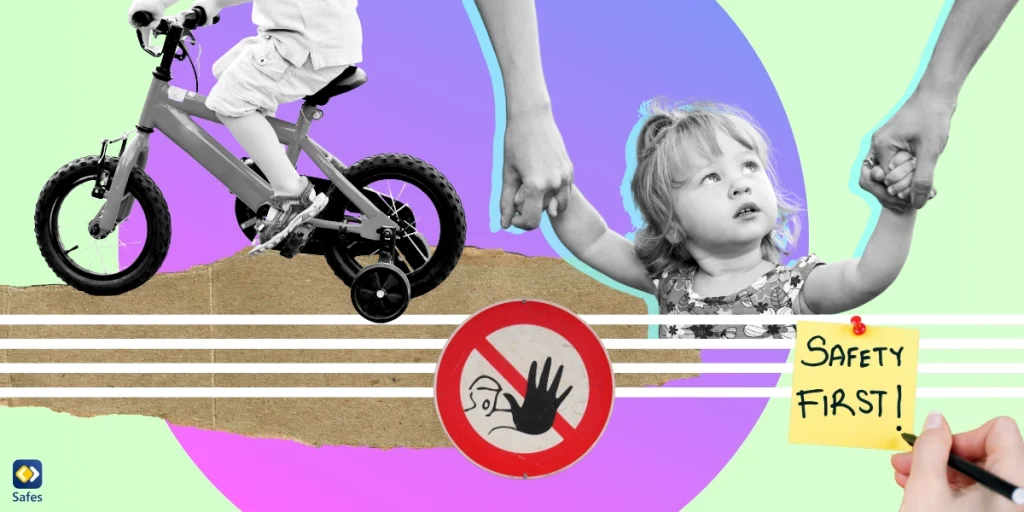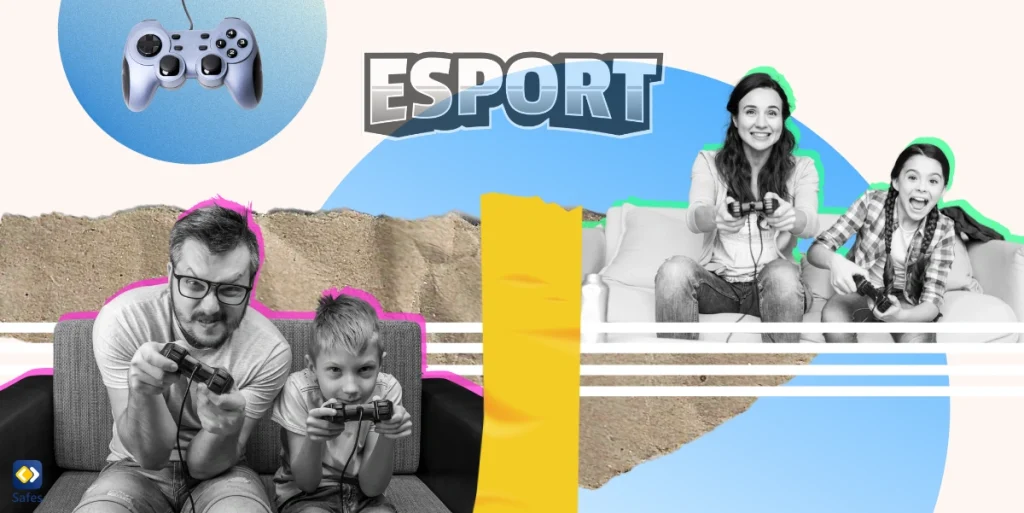Subtweeting is a form of indirect communication on social media where users post about someone without mentioning them directly. Think of it as a digital version of whispering behind someone’s back. While it might seem harmless, subtweeting can lead to misunderstandings and drama, especially among teens.
Download and Start Your Free Trial of the Safes Parental Control App
Parents need to stay informed about social media trends to better understand their children’s online interactions. Being aware of subtweeting can help parents identify potential issues before they escalate. This knowledge isn’t about spying but about guiding and supporting their kids in navigating the complex world of social media.
This blog aims to inform parents about subtweeting and provide practical advice on how to handle it. By understanding subtweeting, parents can foster open communication with their children and help them develop healthier online habits. Let’s decode subtweeting together and equip you with the tools to address it effectively.
What is Subtweeting?
Subtweeting, short for “subversive tweeting,” involves posting indirect messages about someone without naming them. It’s the internet equivalent of talking behind someone’s back. Unlike direct tweets, subtweets leave readers guessing about the subject, creating an air of mystery and sometimes, tension.
The term “subtweeting” emerged with Twitter’s rise in popularity. Users wanted a way to vent or comment on someone without directly tagging them. This method allows individuals to express their feelings subtly, avoiding direct confrontation while still getting their point across.
Subtweeting is everywhere on social media. Imagine someone posting, “Some people really need to mind their own business.” This could be aimed at anyone, making it a prime example of subtweeting. Similar to subtweeting, there’s “vaguebooking.” Let’s take a look at the meaning of vaguebooking. It’s when vague or cryptic statuses are posted on social media, especially Facebook. Those who frequently vaguebook are often called vaguebookers.
Why Do People Subtweet?
Subtweeting often stems from the desire to address conflicts or grievances indirectly. Teens, in particular, find it easier to express frustrations through subtweeting rather than face-to-face. This method can seem less intimidating than direct confrontation and allows them to avoid immediate backlash.
Another reason people subtweet is to seek validation or support from their followers. When someone posts an intentionally vague message, it can prompt friends to offer sympathy or encouragement. This sense of connection is one of the benefits of social media for teens, providing a virtual support network.
Subtweeting is a way to avoid direct confrontation. People vaguebook or subtweet to express their feelings without having to deal with the immediate consequences that might arise in real life. This approach allows them to vent while maintaining a degree of emotional distance from the situation.

The Impact of Subtweeting on Teenagers
Subtweeting can significantly impact teenagers emotionally and psychologically. Here are some of the effects:
- Feelings of Exclusion: Teenagers might feel excluded when they suspect a subtweet is about them. This sense of being left out can lead to anxiety and sadness.
- Targeted and Hurt: Subtweeting can make teens feel targeted. A critical tweet, even without their name, can hurt deeply, affecting their self-esteem and emotional well-being. According to research, 37% of teens have experienced online harassment, which includes subtweeting.
- Misunderstandings and Conflicts: Vague posts often lead to misunderstandings. Teens might misinterpret the message, resulting in unnecessary conflicts and damaged friendships.
- Increased Cyberbullying: Subtweeting can escalate to cyberbullying. Studies show that cyberbullying is a significant issue, with a substantial percentage of teens reporting negative experiences due to indirect posts.
- Mental Health Issues: Constant exposure to subtweeting can negatively impact mental health. It can increase stress, depression, and feelings of loneliness among teenagers. Studies indicate a correlation between high social media use and declines in well-being, particularly during sensitive developmental periods.
- Strained Relationships: Relationships suffer when subtweeting is involved. Friends might grow distant or distrustful, fearing they are being discussed behind their backs in status updates.
- Decreased Sense of Self-Worth: Continuous subtweeting creates an environment where teenagers feel their worth is being questioned. This can severely affect their confidence and self-perception, contributing to long-term mental health challenges.
Understanding these impacts can help parents better support their children in navigating the complex world of social media.
Unmasking Subtweeting: The Hidden Dangers of Indirect Online Messages
A study by UNC-Chapel Hill reveals that frequent social media checking in teens increases their sensitivity to social feedback, potentially leading to compulsive use. Tracking 169 middle schoolers over three years, the research highlights the risk of mental health issues due to this heightened sensitivity, crucial for understanding subtweeting’s impact.
Additionally, the American Academy of Pediatrics found that teen depression significantly hampers academic and social performance, exacerbated by negative online interactions like subtweeting. These studies emphasize the need for parents to manage their teens’ social media use to prevent emotional and psychological harm from indirect online messages.
How to Handle the Issue of Subtweeting
Begin by asking your child, “Have you ever heard of subtweeting?” or “Do you know what a subliminal tweet is?” This can open up a dialogue about their experiences and feelings towards passive aggressive posts on social media platforms like Twitter.
Emphasize the importance of non-judgmental listening. Say, “I want to understand what you’re going through without jumping to conclusions.” This creates a safe space for your child to express their thoughts and concerns about subtweeting and other online behaviors.
Discuss how subtweeting can hurt others and escalate conflicts. Explain, “While a subtweet might seem harmless, it can lead to misunderstandings and hurt feelings. It’s important to consider the impact of our words, even online.” Encourage them to think before they post and to avoid passive aggressive behavior.
Help your child handle subtweeting by encouraging direct communication with peers. Teach them to approach conflicts face-to-face instead of online. Promote empathy by reminding them, “Treat others as you want to be treated.” Set clear social media boundaries, such as limiting screen time and monitoring their activity by filtering content on X.
Online safety programs and counseling services can provide additional support. Websites like Verywell Family offer tips on managing online behavior, and resources like the National Bullying Prevention Center can be invaluable for handling cyberbullying. By engaging in these conversations and promoting healthy online habits, parents can help their children navigate the complex world of social media responsibly.

Empower Your Parenting With Safes
Safes is a parental control app designed to help manage and monitor your child’s screen time and online activities. Unlike the limited options available through iPhone parental controls, Safes offers a comprehensive suite of features tailored to modern parenting needs.
Safes provides a robust set of tools such as activity tracking, setting time limits, and monitoring social media use. This is particularly useful for addressing issues like subtweeting. You can set boundaries on apps, ensuring that your child uses social media responsibly and avoids engaging in or being affected by passive aggressive behavior.
To manage your child’s schedule effectively, download the Safes app on iOS and Android. The app’s intuitive interface makes it easy to implement and monitor controls, helping you create a healthier digital environment for your child.
Safes offers a free trial, allowing you to explore its features and see how it can benefit your family. This trial period can help you assess its effectiveness in managing your child’s online activities, from filtering content on X to promoting positive social media interactions.
Key Takeaways
Understanding and addressing subtweeting is crucial for modern parenting. We’ve discussed what subtweeting is, why teenagers do it, its impacts, and practical steps to handle it, including using tools like Safes. Open communication and proactive involvement in your child’s online life are essential.
Parental involvement in children’s social media usage helps foster healthier online habits. Encourage direct communication, empathy, and responsible digital behavior. By staying informed and supportive, you can help your children navigate social media positively, ensuring their well-being and safety.
Your Child’s Online Safety Starts Here
Every parent today needs a solution to manage screen time and keep their child safe online.
Without the right tools, digital risks and excessive screen time can impact children's well-being. Safes helps parents set healthy boundaries, monitor activity, and protect kids from online dangers—all with an easy-to-use app.
Take control of your child’s digital world. Learn more about Safes or download the app to start your free trial today!




